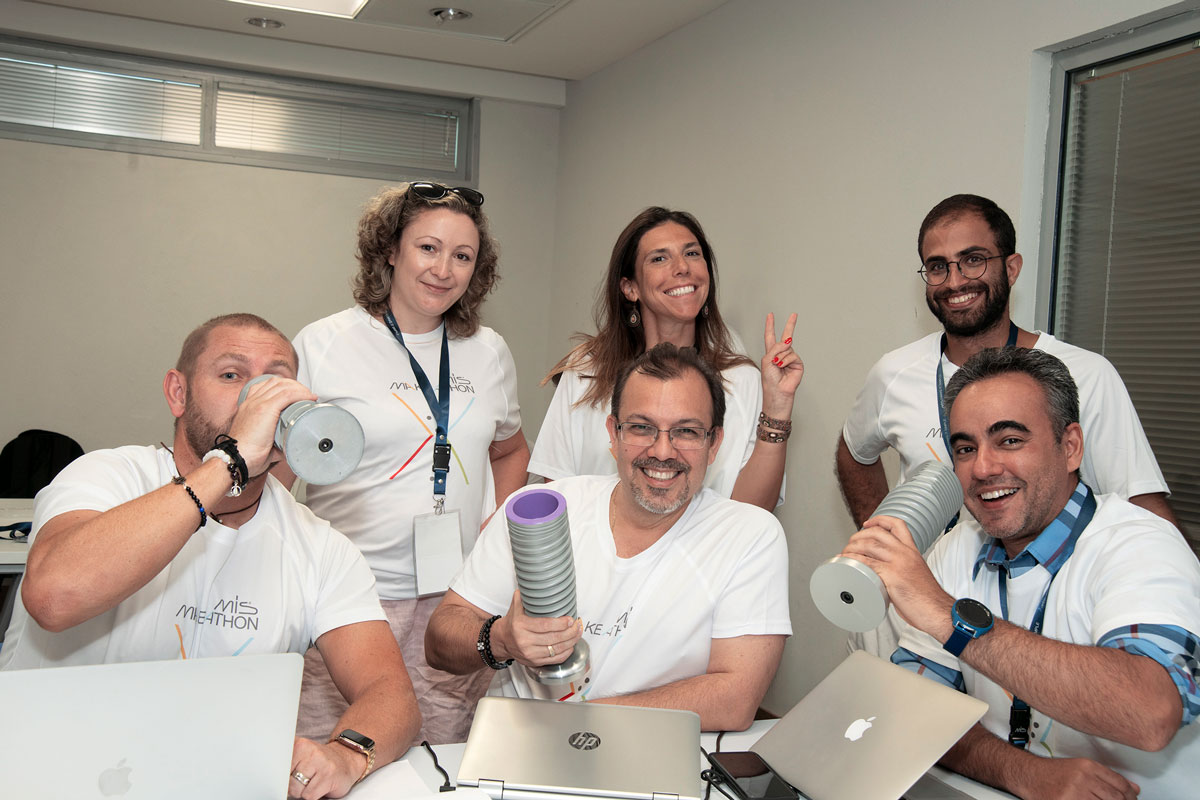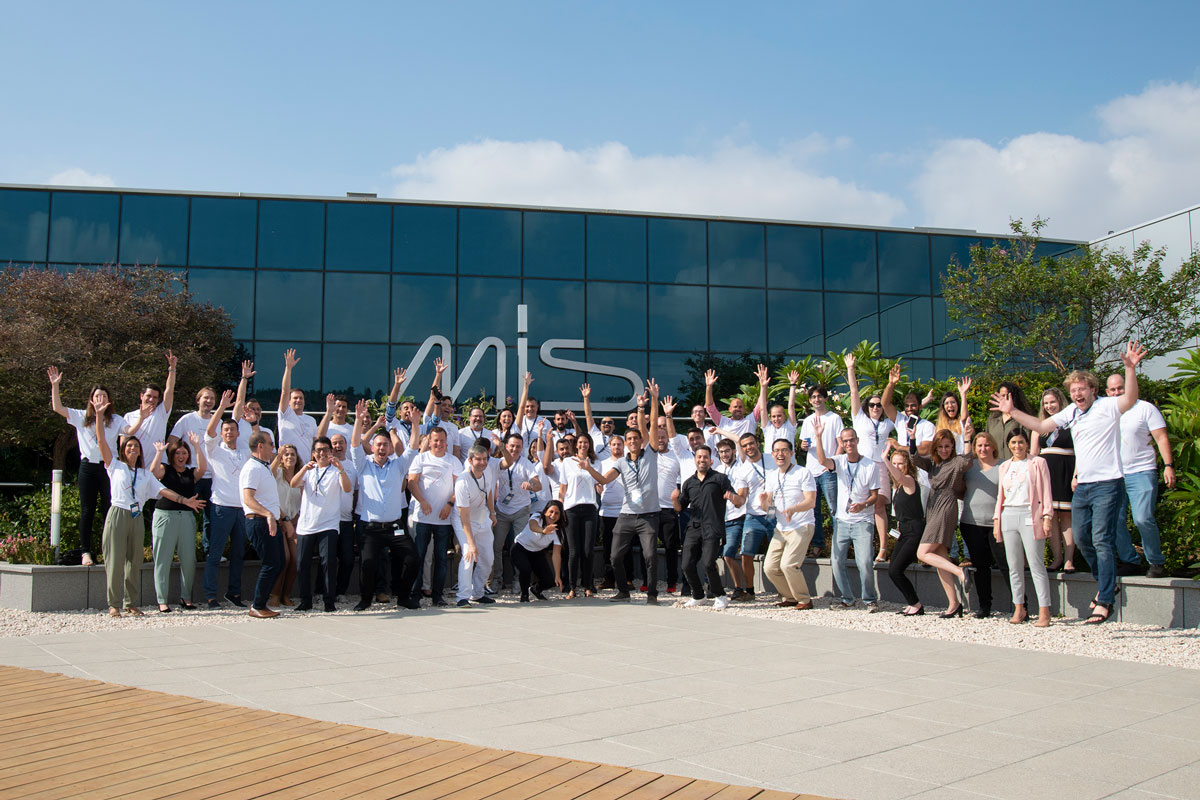From Start to Startup in 36 Hours
September, 2019
WHAT WOULD YOU DO WITH THE CHANCE TO CREATE SOMETHING YOU’VE BEEN DREAMING ABOUT?
“The Makeathon is the opportunity to realize all your dreams to be an inventor” - This was the all-around feeling from the participants of the 2nd MIS Makeathon, held at MIS headquarters early in the Fall of 2019. It was the perfect opportunity for understanding what it means to build a startup, and how to transform an idea into an actual product.
The 60 Makeathoners who participated in the event were globally diverse, coming from all over Europe, Latin and Central America, the US, Turkey, Israel and Vietnam. They included dentists and experts in their field, as well as engineering and design students. The group was separated into 8 different teams, and were given a choice of 3 “real world” problems to choose from, which they would address in their brainstorming/inventing sessions spread over two long days.
The groups set out to first understand the problem they were dealing with. There to help them put themselves into the shoes of both doctors and patients, were our team of mentors. This group included a variety of MIS R&D engineers and developers, marketing experts, and technical support staff from different departments within the company. Having the MIS team there was a huge benefit for the participants. Dror Sarig, head of the MIS R&D department believes in the importance of this event, saying “in a place where ideas grow, the future is built”.

Besides the warm, MIS family welcome they all received, it was very important to understand the limitations involved, from the point of view of the company behind the products. It was great to see the energy and collaboration in the room, and the passion and intensity with which each of the teams exchanged their individual ideas for a solution. The mix of different backgrounds and cultures was also a unique experience, which contributed so much to the great synergy of the event.
Although some of the teams chose to tackle the same problem, they all brought their own unique angle, enriched by their backgrounds and experience, into finding a solution. Among the winning teams, which included two third place winners, and second and first place winners, were groups who attempted to come up with an idea to resolve the issues of drill wear and bone type recognition.

After almost two days of intensive work, the teams presented the problem they had chosen, and their plan for solving it, to the panel of judges and the rest of the eager audience. Their presentations included a thorough explanation of the problem and how it effects both doctors and patients, a reveal of their proposed solutions, (one team even designed and built a prototype with the help of their MIS engineer mentors), and a conclusion showing the feasibility of producing the product they came up with.